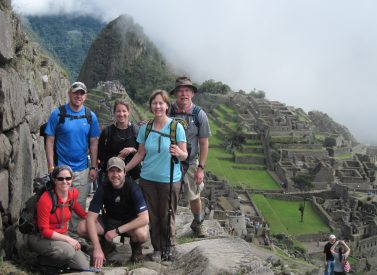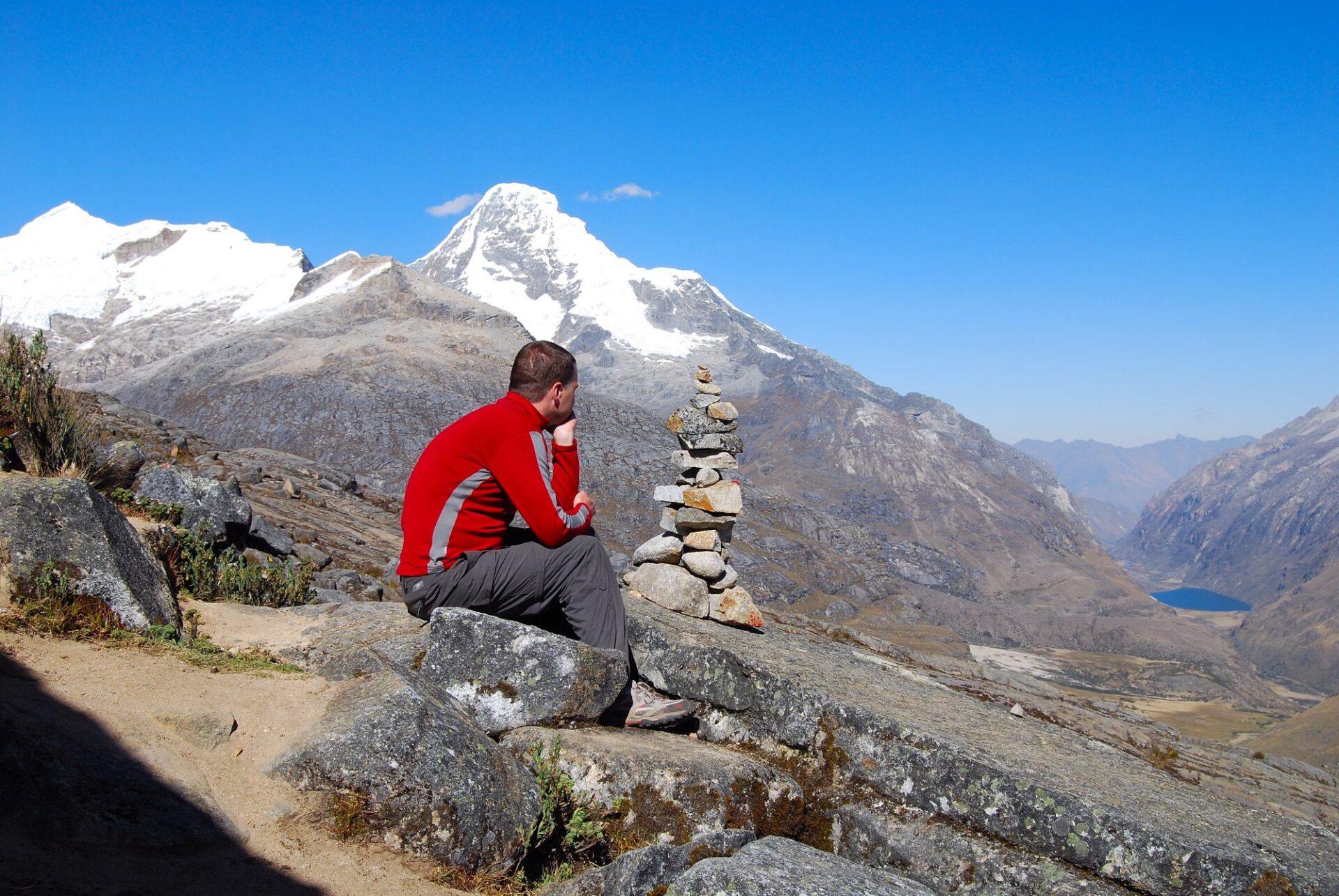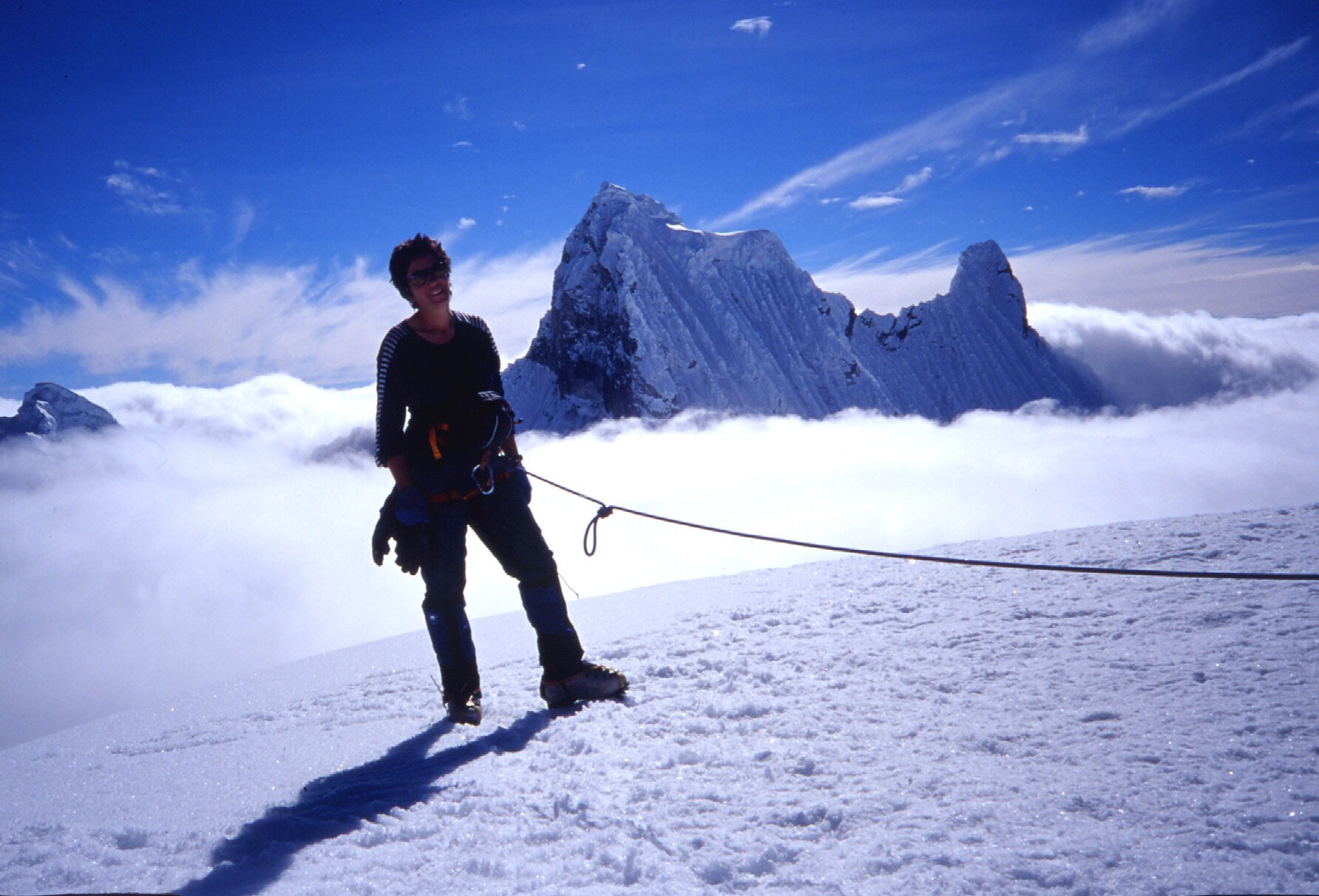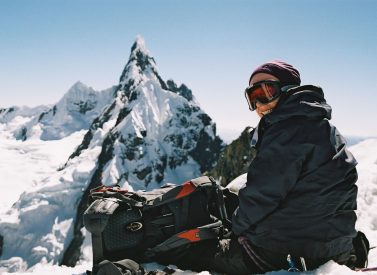
Cordillera Huayhuash Trek, Circuit Walk 2025
The Cordillera Huayhuash circuit trek is one of Peru’s most iconic and rewarding walks.
Our fully-supported small group treks around the Huayhuash circuit take you into the wilderness of the Peruvian high Andes with some of the best scenery of the Andes of South America.
We have a guaranteed departure May 26 2025.
The Huayhuash massif features a dozen sharp, ice-clad summits that rise dramatically from rolling grassland.
Walking the trails, the only noises that may break the serenity are passing wings of a condor or the calls of a herder to his llamas.
More on Cordillera Huayhuash trekking tour
Fully supported, the tour starts in Lima, then you travel onwards to Huaraz where you acclimatise on guided walks into the Cordillera Blanca.
Then – the Huayhuash circuit.
The 128km clockwise Huayhuash trekking circuit takes us over eight high passes between 4,300-5,100m/14,108-16,404ft.
Leaving civilisation far behind, we soon have the first of many close-up views of huge fissured glaciers, feeding opaque lakes.
We are offered stunning views of towering ice-covered mountain peaks. There are also opportunities for rewarding side-trips into remote, pristine glacial valleys.
Back in Huaraz, we relax and celebrate before our Lima return.
Trip Highlights
Print Share Download as PDF-
Hike the full circuit of the Cordillera Huayhuash trek, which offers some of the most stunning mountain views in South America.
-
High mountain passes and glaciated lakes accompany you every step.
-
High-quality local trekking team, with fantastic guide, cook and support staff.
-
Trek with a small daypack only as pack animals carry the heavy camping gear.
-
High Andean plant, animal and birdlife to observe en route.
-
Positive contribution to local communities with camping and entry fees included.
The Huayhuash trek was a very cool and exciting trip. We saw some unbelievably beautiful sights. Sights I still can't comprehend! Some ascents were quite steep, but the views were very rewarding.
The guide took his job very seriously and made sure we had everything we needed. He gave us very clear instructions every day. He looked out for our safety, as well.
The meals were great! The cook Manuel really went out of his way to cook special meals for us, something different every day. It was delicious and nutritious. We were impressed how he could do this with such little resources.
The equipment provided (tent, mats, mountain gear) was in good quality. Everybody really worked hard and was very skillful.
So, all in all, a very good experience. I really like the trips and service of Andean Trails. Thanks again!
K.Barnhoorn, Huayhuash trek
Full Itinerary
Day 1: Arrive Lima, transfer to hotel.
Join the tour in Lima.
Day 2: Transfer to station, public bus to Huaraz (8 hours), arrival transfer to hotel (B)
Take early bus for a contrasting journey ending in the high Andes at the small highland city of Huaraz. We head north through coastal desert to Pativilca, then turn inland and begin climbing NE. As we climb, barren valley sides contrast with cultivated river banks. Cacti gradually give way to scrub, then temperate vegetation and eventually puna grassland.
At the journey’s high point, Conococha (4,050m/13,287ft), we turn N and descend the Callejon de Huaylas where the huge Cordillera Blanca snow peaks to the right (E) begin to dominate the landscape.
The Cordillera Blanca mountain range contains the major concentration of peaks over 6,000m/19,685ft outside the Himalayas.
We arrive Huaraz (3,090m/10,138ft) late afternoon.
Day 3: Briefing, local walks, hotel (B)
Huaraz, a lively town of 80 thousand inhabitants, is our Andean base. The valley it sits in is known as the ‘Callejon de Huaylas’.
This is flanked to the east by the Cordillera Blanca, the mountain range with the highest concentration of peaks over 6,000m/19,685ft outside the Himalayas.
Besides offering breathtaking mountain panoramas, featuring Huascarán (Peru’s highest peak at 6,768m/22,205ft), Huandoy (6,395m/20,981ft), Churup and Ranrapalca (6,162m/20,217ft), Huaraz is conveniently placed for activities before, between and after the trek.
Today we have our trek briefing and take a local walk to see some pre-Inca ruins.
Day 4: Laguna Churup (4,500m) acclimatisation walk, hotel (B,L)
Day hike to the turquoise waters of Laguna Churup (4,500m/14,764ft). We drive for an hour or so to Pitec, a small farming community, where we meet the park ranger, get our park entry ticket, and head up to the Laguna.
It’s a good path to start with, climbing quickly, giving lovely views over to the Cordillera Negra. After a couple more hours, we arrive at a lovely waterfall. Here, the path divides left or right. Both are steep routes to the crystal blue laguna. The left-hand route offers cables to help you past some steep but fairly easy scrambling points. This takes about an hour, and then a final 10 minutes to the Laguna Churup, a peaceful place of great beauty.
We return the same way, making it approximately 6 hours round trip and drive back to Huaraz.
Day 5: Acclimatisation walk, Cordillera Blanca,hotel (B)
Acclimatisation walk, hotel (B)
Day 6: Drive to Cuartelhuain (5 hours approx). Trek, Camp at 4,200 m (B,L,D)
Pack your bags as today we leave Huaraz for the Huayhuash.
We leave Huaraz and drive south. We cross wild paramo (puna), passing the southernmost peaks of the Cordillera Blanca.
The Huayhuash range, containing in a single cluster seven of the highest and most dramatic summits in Peru, reveals itself on our descent to the small town.
Over the next 9 days we cover approximately 127 kilometres and cross many high passes between 4,300-5,100m/14,108-16,404ft.
For most of the circuit we walk and camp at altitudes in excess of 4,000m/13,123ft. (Night stops indicated below may vary).
This morning we climb to our first pass, Cacananpunta (4,700m/15,420ft). It’s a steady ascent for a couple of hours from Matacancha, winding through rock faces to the pass. As we climb, we may see condors flying overhead, and the peak of Rondoy reveals itself in the skyline.
From the pass, there are lovely views to the north and to the south, wide valleys which show the size and power of the ancient glaciers long since melted from this region.
We descend through a wide valley to our camp (4,200m/13,780ft).
Day 7: Trek to Laguna Carhuacocha, trek 5-6 hours, camp at 4,150m (B,L,D)
We set off walking ever upwards to Paso Carhuac 4630m pass. There are splendid views of some of the Huayhuash peaks: Nevados Carnicero, Siula Grande, Yerupaja, and Jirishanca. From the pass we descend to our camp at the beautiful Laguna Carhuacocha 4150m. 5 to 6 hours walk.
Day 8: Trek to Huayhuash, trek 5-8 hours, camp at 4,350m (B,L,D)
We set off upwards again towards Paso Siula Punta at 4850m. Another superb mountain pass with views of the surrounding mountains and lakes. We look down on the glacier fed lakes of Siula and Quesillococha.
We descend to the picturesque camp at Huayhuash (4,350m/14,272ft), with its views of Carnicero.
8 hour walk.
Day 9: Trek to Cuyoc, 7 to 8 hours. Camp Cuyoc Pampa 4500m(B,L,D)
Another morning, another ascent, this time to Trapecio Punta 5000m pass. From here there are superb close-up views of Nevado Trapecio mountain. After the pass we have a lovely downhill, passing lakes and streams, to our camp at Cuyoc Pampa 4500m. 7 – 8 hours walk.
Day 10: Trek to Cutatambo, 5 to 6 hours, camp at 4265m (B,L,D)
This morning we head ever upwards to the highest pass of the trek Paso Santa Rosa at 5100m.
We see more views of mountains and lakes. This is our best view of the Siula glacier where Joe Simpson crawled out or a crevasse in his epic battle for survival. We see as far as Siula Base Camp next to Sarapococha lake.
From the pass we descend to our camp, following the well trodden paths, made by vicuñas and cows at Cutatambo 4265m. 5 to 6 hours walk.
Day 11: Trek to Huayllapa, trek 6-8 hours, camp at 3,600m (B,L,D)
Today we walk gently down hill to the small remote community of Huayllapa. The local people here are mostly farmers and shepherds, with some seasonal work in tourism as cooks and donkey drivers. Camp at 3,600 m after 4 to 5 easy hours.
Day 12: Trek to Gashpapampa, camp at 4600m. 7 to 8 hours walk. (B,L,D)
A long gentle climb today to 4770m to cross the Tapush Pass, followed by a short descent to Gashpapampa 4600m. 7 to 8 hours walk.
Day 13: Trek to Laguna Jahuacocha 4050m lake. 5 hours walk. (B,L,D)
We start with a small descent before heading upwards again to Llaucha Punta 4850m pass. We are rewarded by fantastic views of the mountains of Rondoy, Jirishanca, Yerupaja, Rasac and Sacra.
We take an amble along the ridge to the Huacrish lookout point at 4850m where we can enjoy views of teh Huayhuahs Massif we have rubbed shoulders with over the past 8 days.
We descend from the pass to our last camp at the beautiful lake Jahuacocha 4050m lake. 5 hours walk.
Day 14: Trek to Llamac, 5 hours walk , return to Huaraz, 4 hours drive (B,L,D)
Our last day. We set off downwards, following the river valley, then traversing by a water channel bringing water to the community of Llamac.
Look back and enjoy views over the range as we then descend steadily to Llamac. .
Pick up in Llamac and return drive to Huaraz for a well-deserved shower and celebration dinner in town.
Day 15: Bus to Lima, hotel (B,L)
Bus for Lima this morning, arriving Lima late afternoon, early evening.
Day 16: Depart.
Tour ends Lima, or stay in Huaraz for more treks and climbs.
Prices From $3,125 / £2,541 per person
What's Included?
All in-country transport during the trip, including transport to and from the Lima airport, first-class bus tickets between Lima and Huaraz, hotel accommodations for specified time in Lima and Huaraz, professional English-speaking guide for acclimatisation activities and climbs/treks, professional outdoor cook, 3 healthy meals a day plus snacks during the trek, park entrance fees, communal camping & cooking equipment, donkeys or llamas and porters where applicable, tents, sleeping mats (foam), cook tent, dining tent, tables, chairs, and bathroom tent (where applicable), first aid kit.
What's Not Included?
International flights (we are happy to quote), other meals, snacks and drinks, any equipment hire, personal expenses, tips, laundry and sleeping bag.
Accommodation
Camping with dining tent and toilet tent – some campsites have communal, longdrop style latrines.
We use 2-3* hotels in Lima and Huaraz, guesthouse style with private bathrooms. Upgrades available at extra cost – please ask.
Tour Staff
All guides are certified, experienced, English-speaking guides who have worked with us for many years.
Cooks, mule drivers and additional staff are all from the local, nearby communities and we have worked with them for a long time.
Meals
Almost all dietary requirements can be catered for – please ask us for more information.
Breakfasts at hotels will feature teas, coffees and juices to drink, plus cereals, fruit, eggs, toast and jams etc.
On the trek
You wake early, usually around 07.00. Breakfast is served in a dining tent, and consists of hot drinks, porridge, toast, jams and bread, and your guide will explain the day’s trekking plans.
Lunch is usually around 13.00 and can feature soups, meats, salads and fish, with vegetarian options and hot drinks too.
The campsites are comfortable and around 17.00 hot drinks, popcorn and other snacks are served to help you recover energy.
Dinner is served around 19.30, and will feature pasta, mashed potatoes, meat, fish or vegetarian options, followed by hot drinks and a pudding.
Activity Level
We have classified this as a strenuous trek, and you need to be in very good physical shape for it.
You hike 4-7 hours a day on consecutive days (with a rest day), over rugged mountain trails at high elevation.
There are several high altitude passes to cross, as high as 5,000m/16,404ft.
Pre-trip preparation should include challenging cardiovascular exercise (including regular hikes on varied terrain) and a healthy, balanced diet.
Well-worn hiking boots are highly recommended.
All guests are encouraged to hike at their own pace, taking breaks whenever needed, to ensure a successful and enjoyable trek for all.
Most people go to bed fairly early after a long day trekking, to recover energy for the morning.
Practical Information
Introduction to Peru
Peru is the perfect holiday destination for adventure travellers that want an amazing variety of activity, geography and cultural travel experiences.
The breadth of travel experiences in Peru is breathtaking – from trekking in the Andes to Machu Picchu to the tropical jungle of the Amazon, and plenty in between.
The people of Peru make it a special destination too, with its colourful and traditional street life and friendly locals.
Geography of Peru
Peru is made up of 3 distinct geographical areas: the coast, the mountains and the jungle.
The costa or coastal region is a narrow ribbon of desert 2,250 km long, crossed by fertile river valleys flowing from the Andes. It takes up 11% of the country and holds more than 40% of the population.
The cold Humboldt current gives rise to a blanket of mist – the garua – which hangs above coastal cities like the capital Lima from May to November.
Heading east, you’re soon climbing above the garua and into the Andes. The sierra, or mountainous region, covers some 25% of Peru’s territory and contains 50% of the population. The sierra inhabitants are mainly Indigenous or Mestizo, and many still speak Quechua or Aymara.
The sierra contains dozens of 6,000-metre snow peaks and volcanoes, including Huascaran (6,768m) the highest mountain in the tropics. The deep valley basins contain most of the towns and arable land; the terracing and canal systems of the Incas and pre-Incas are often still used today.
The eastern Andes are heavily forested up to 3,350m and sweep down into the Amazon Basin.
Peru’s selva or jungle makes up almost two thirds of the country’s area, but holds only about 6% of the population: the only towns with significant populations are Iquitos and Pucallpa.
Weather in Peru's Andes
You can also read about the weather of Peru in our blog.
The Andes
Climate depends largely on altitude. As a rule of thumb, below 2,000m climate is mild and above 2,000m warm clothing is required for evenings, nights and early mornings.
The Andean sun is very strong.
May to Oct (dry season in The Andes)
Cusco (3,300m): Average max/min temps: 22ºC /2ºC. Average 3 or 4 wet days per month.
Arequipa (2,380m): Average max/min temps: 26ºC /9ºC. Sunny more than 340 days/year with minimal precipitation.
On highland treks: Conditions are generally dry. However, at this time of year, expect a range of conditions within a single day: cold/freezing nights at camps above 4,000m, where pre-dawn temperatures can be -5ºC; warm, spring-like mornings and afternoons; and cold evenings.
Note that mountain weather can be fickle and localised, and that precipitation is not unknown in the dry season. Expect temperatures to swing between sun and shade, sheltered and exposed ground and with altitude gain and loss. A quick-setting sun means temperatures drop fast.
In the cloud forest, e.g. around Machu Picchu, daytime conditions are generally warm or hot, and evenings cool.
Nov to March/April (wet season in The Andes)
Cusco: Average max/min temps: 23ºC /6ºC. Average 13 wet days per month.
Arequipa: Average max/min temps: 25ºC /14ºC.
On highland treks: Wetter conditions, with cooler days and milder nights than dry season. Jan-Mar usually the wettest months.
Kit list
Good kit is vital for every trip.
Book with Andean Trails and get 15% off Páramo’s fantastic ethical and high performance outdoor gear.
Overview
When planning for the varied climatic conditions encountered, layering is the most practical and versatile clothing system. It’s worth remembering that our clothing keeps us warm by retaining and isolating the heat we ourselves create.
To best maintain body heat, several layers of lightweight, warm and quick-drying clothing are far more efficient than one or two thick layers. Layers should have the following qualities:
- Breathability (able to wick away the humidity produced by sweat):
- Isolation (able to keep in the warm air our body produces); and
- Impermeability (able to impede the passing of wind and water).
First (base) layer: This layer wicks the sweat away from our skin, thus helping keep the body dry and warm. To this end, synthetic fabrics such as polypropylene should be used.
Mid layers: These isolating layers should also be synthetic (e.g. the known polar linings such as polartec or windblock, which are light and insulate twice as well as wool). Very important layers for retaining body heat.
Outer layer / shell: Finally, the vital layer which protects us from climatic adversities. A breathable, wind-proof and waterproof anorak, such as Goretex.
Give plenty of thought to kit selection, and try to keep weight down.
We also carry an extensive first aid kit & oxygen on all trips, but these are generally for emergencies only.
Below is a more detailed kit list.
Detailed kit list
- 2 pairs synthetic inner socks (e.g. polypropylene, thermastat, coolmax) and 2 pairs thick loop-stitch/wool socks for cold.
- Trekking boots – should be well broken-in, waterproof and provide good ankle support.
- Trainers/sandals for city-wear, evenings at lower camps & river crossings.
- Base layer leggings (1 pair).
- Thick fleece leggings (or salopettes) (1 pair).
- Goretex-type over-trousers (or salopettes) (1 pair).
- Trekking trousers (2 pairs).
- Shorts – wear sparingly in early stages at altitude, as sun burns.
- Thermal base layer shirts (2).
- Microfleece mid-layer shirt (1).
- Shirt/t-shirt 1 or 2 for lower altitudes. Long-sleeved, collared shirt protects against sun
- Fleece jacket or similar (1).
- Warm jacket (down or synthetic). For camp and upper slopes.
- Waterproof Goretex-type jacket.
- Broad-brimmed sunhat, essential.
- Warm hat, fleece or wool. (N.B. Up to 30% of body heat can be lost through the head).
- Sunglasses with UV filter.
- Scarf for cold.
- Bandanna – to protect neck from strong sun.
- Light inner gloves
- Warm gloves, e.g. fleece, and outer waterproof gloves or mittens (1 pair)
- Mittens allow you to keep the fingers together, and better conserve heat (though they also make it difficult to perform certain tasks).
- Daypack (at least 30 litres). Comfortable and with waterproof lining or cover.
- Large rucksack or suitcase.
- Pair of telescopic trekking poles (can be rented).
- Duffel bag or large rucksack for extra clothing, carried by horse/mule/porter while you are trekking.
- Sleeping bag (3-4 season, can be rented).
- Water bottle (2 litres approx.) & purification tablets.
- Personal first-aid kit to include: painkillers, plasters (band-aids), moleskin, anti-biotic cream, general antibiotics (ask your GP), after-bite (tiger balm), anti-diarrhoea tablets, throat lozenges, re-hydration salts & personal medication.
- Insect repellent.
- Towel & wash-kit.
- Wet Wipes/antiseptic hand-wash cream.
- Toilet paper (1)
- Sunscreen (factor 30+) and lip salve.
- Head-lamp (plus spare bulb and batteries).
- Penknife.
- Travel alarm clock.
- Plastic bags – ‘Zip-loc’ & tough bin liners.
- Camera and film / memory cards (take at least twice the amount you think you will need!). Print & slide film is available locally. Polarising filter is recommended for SLR cameras.
- Book, e-book, mp3 player/ipod or other for free time.
- Binoculars.
- Spanish/English phrasebook.
- Extra snacks i.e. cereal bars or favourite chocolate bars.
All other non-personal trekking camping gear e.g. tents, cutlery etc is provided.
Miscellaneous others
- Money belt.
- Passport.
- U.S. dollars cash, mixed-denomination notes, undamaged and unmarked.
- ATM cash/credit card.
- Any inoculation certificates.
- Personal & medical insurance certificates.
- Presents e.g. Postcards from home.
- Comfortable clothes for travel, smart clothes for night life.
ATOL holiday protection
Andean Trails has 25 years of experience of putting together the best South America holidays.
We pay a fee to the CAA for every licensable passenger we book since we hold an Air Travel Organiser’s Licence granted by the Civil Aviation Authority. In the unlikely event of our insolvency, the CAA will ensure that you are not stranded abroad and will arrange to refund any money you have paid to us for an advance booking.
We also offer ATOL (Civil Aviation Authority) protected holidays to give our customers peace of mind when booking and travelling.
When you buy an ATOL protected air holiday package from Andean Trails Ltd you will receive a Confirmation Invoice from us confirming your arrangements and your protection under our Air Travel Organiser’s Licence number 6275.
You can read more about ATOL, who is covered and what protections you have if not ATOL-covered, on our ATOL page.
What is ATOL?
The CAA’s ATOL scheme offers protection to your money and your holiday if you book with us. Not everybody is covered (see ‘Who is covered?’ for more), as you must purchase an ‘air package holiday’ with Andean Trails to be protected.
And ‘air package holiday’ is defined as including a flight and some ground services (hotel, transfer, trek etc). This is also known as an ‘ATOL-protected holiday’.
Who is covered?
To be covered by ATOL, you must book a flight and some ground services with us and be from the UK. If you are from the UK and only book ground services and no flights, you are not covered by ATOL (see below for more on how non-ATOL clients are covered).
If you are outside the UK and buy flights with us, you will be ATOL protected IF any of the flights booked with Andean Trails touches/stops in the UK at any point during your holiday package booked with us.
If you buy your flights elsewhere, please check with that agent if you are ATOL protected. Be careful with online flight purchases and make sure you know what protection you have, if any, before paying for flights.
Not all holiday or travel services offered and sold by us will be protected by the ATOL scheme. Please ask us to confirm what protection may apply to your booking.
For land only holidays not involving any air travel, in accordance with “The Package Travel, Package Holidays and Package Tours Regulations 1992”, all UK passengers booking with Andean Trails Ltd. are fully protected for the initial deposit and subsequently the balance of all money paid to us, arising from cancellation or curtailment of travel arrangements due to the insolvency of Andean Trails.
I’m not ATOL covered, what protection do I have?
If you are not ATOL covered, any payments you make to us go to a Trust account.
We can only access this money once your tour has been completed, meaning that if anything happens to Andean Trails Limited while you are on holiday, then your money is secure and you can either complete the trip or be able to make it home.
If you pay for your holiday with a credit card, some offer payment protection – please check with your cardholder.
You also should have cancellation protection written into your insurance (which we recommend you have at the time of booking) in case you need to cancel.
Peru’s Amazon Rainforest
Peru boasts in its Amazonian region a vast swathe of world-class tropical wilderness with several rain forest and cloud forest reserves which are home to an immense diversity of wildlife.
Accessible from Lima, Iquitos or Cusco, the Amazon jungle is just a short flight away.
In Peru’s southeast lies the extraordinary region comprising the Tambopata National Reserve and the Bahuaja Sonene and Manu National Parks, with the greatest animal and plant diversity anywhere in the world.
Whether you choose to base yourself at a comfortable lodge or enjoy a more demanding camping trip, you can be sure of a unique, exhilarating and unforgettable experience.
Arequipa & Colca Canyon, Peru
The beautiful colonial city of Arequipa is replete with history and culture, and is the gateway to the condors of Colca Canyon.
Nestled at 2,325m/7,627ft, the ‘white city’ sits at the foot of three tremendous volcanoes: El Misti (5,821m/19,098ft), Chachani (6,075m/19,930ft) and Pichu Pichu (5,542m/18,182ft).
Arequipa’s attractions include the Cathedral, Compañía de Jesús Church, Santa Catalina Convent and the Dama de Ampato (Juanita Mummy) Museum.
With a year-round spring climate and sunshine guaranteed for 300 days of the year, it is the perfect place to begin acclimatising before continuing upwards.
Nearby is the famous Colca Canyon. At hundred kilometres long, this incredible gorge is said to reach a maximum depth of 3,400m/11,155ft – twice that of the Grand Canyon.
An overnight tour to Colca gives you the chance to see the iconic, soaring condors of the canyon.
Cusco, Peru
Cusco is the archaeological and cultural capital of South America.
The one-time centre of the vast Inca Empire is a bustling highland city with bags of character.
Its whitewashed streets and plazas feature a fascinating blend of Inca and Spanish colonial stonework and offer endless possibilities for exploration.
You don’t have to venture far to find outstanding examples of high quality Inca architecture, including the monumental temple fortress of Sacsayhuaman.
There is also the fertile farming land of the Sacred Valley on the doorstep, with many Inca terraces, temples and fortresses, plus colourful local markets and small villages.
At night, Cusco offers an excellent array or restaurants and bars plus the continent’s best Andean folk music scene.
Kuelap, Peru
In the northeast of Peru lies Kuelap – the jewel in the massive archaeological crown of the Chachapoyas Cloud People.
The mystical structure of Kuelap – dubbed the Peru’s second Machu Picchu by locals – is 1,200 years old.
It features massive limestone walls towering 60 feet, pottery, bones and hundreds of mysterious round stone structures, and away from the crowds of other sites.
This is a remote area of sub-tropical valleys, half way down the eastern slopes of the Andes. The jungle is impenetrable, dense with low trees, bromeliads, bamboos, orchids and mosses.
Lake Titicaca, Peru
Lake Titicaca, at around 4,000m/13,123ft above sea level, is a vast shimmering body of water on the Peru/Bolivia border.
It is the world’s highest navigable lake, set against a breathtaking background of towering ice-covered Andean mountain peaks.
The islands and shoreline of Lake Titicaca support many Indian communities, including the well known floating islands of Uros and the more remote islands of Taquile and Amantani. Here, traditions are strong and it appears time really does stand.
Agriculture, fishing, knitting and weaving are important to the islanders and by staying a day or two you gain just a small insights into this traditional way of life.
Islanders welcome tourists into their homes and this is a wonderful opportunity to experience island life.
Lima, Peru
Lima, the capital city of Peru, is a vibrant bustling place with a wide variety of things to do.
Stroll or bike around the historic centre, visiting the many museums or just chilling out in a café or restaurant in Miraflores.
In Parque Kennedy you can sit outside in Parisian fashion and watch the world go by in cafes and restaurants, or walk to the shore and the cliffs overlooking the Pacific Ocean.
There are a number of artisan shops & market stalls, plus a big silver jewellery trade, and a burgeoning number of top end restaurants with delicious food.
The centre of Lima is home to impressive Colonial architecture – Plaza de Armas has the Palace, official residence of the president, on one side, and on another is the Cathedral.
San Francisco Church, home of the Catacombs, is well worth a visit, as is the Inquisition museum.
Machu Picchu, Peru
Nothing says Peru quite the way Machu Picchu does.
The Lost City of the Incas, perches dramatically on a ridge-top 400 metres above the Urubamba river. The extensive site, with its many terraces, temples and palaces, is set amid a beautiful landscape of deep gorges and thickly forested mountains.
When Machu Picchu was rediscovered early in the 20th century and cleared of forest, it was found to be very well preserved. It has since presented archaeologists with many unanswered questions regarding the role it played in Inca times.
The sense of grandeur, whether you arrive on the Inca Trail or not, is impressive.
Try to arrive early at the site to enjoy it at its best – and late afternoon can often see you almost alone in the ruins.
The Cordillera Blanca and Huayhuash, Peru
North east of Lima, the Cordillera Blanca offers fantastic mountain scenery and some of the best trekking and climbing in the Andes.
The Cordillera Blanca boasts dozens of peaks over 6,000 metres, including Peru’s highest Huascaran at 6,768m/22,205ft above sea level.
The Blanca range also contains the world’s largest concentration of tropical glaciers.
This is an ideal destination for treks, from just a few to 12 days or so and also an ideal starting place for learning or improving mountaineering skills.
The nearby Huayhuash mountain range contains a dazzling array of snow peaks including seven summits above 6,000 metres.
This is a trekking paradise with breathtaking majestic panoramas and stunningly remote and picturesque camping spots. There is no better place to visit to get away from it all.
Available Dates
26th May 2025 - From $3125 / £2540.625
Confirmed departure.2025 price, per person, shared room basis. Shorter/longer treks possible
New dates often open up
Contact us for more
15th Jul 2025 - From $3125 / £2540.625
2025 price, per person, shared room basisShorter/longer treks possible
New dates often open up
Contact us for more
21st Aug 2025 - From $3125 / £2540.625
2025 price, per person, shared room basisShorter/longer treks possible
New dates often open up
Contact us for more


Dates & Prices
Select an available date to view pricing and information for that particular trip.
2025 price, per person, shared room basis
May 26, 2025 CONFIRMED DEPARTURE
Shorter/longer treks possible
New dates often open up
Contact us for more
Can’t find what you’re looking for? Get in Touch
+44 (0)131 378 5593
+44 (0)131 554 6025



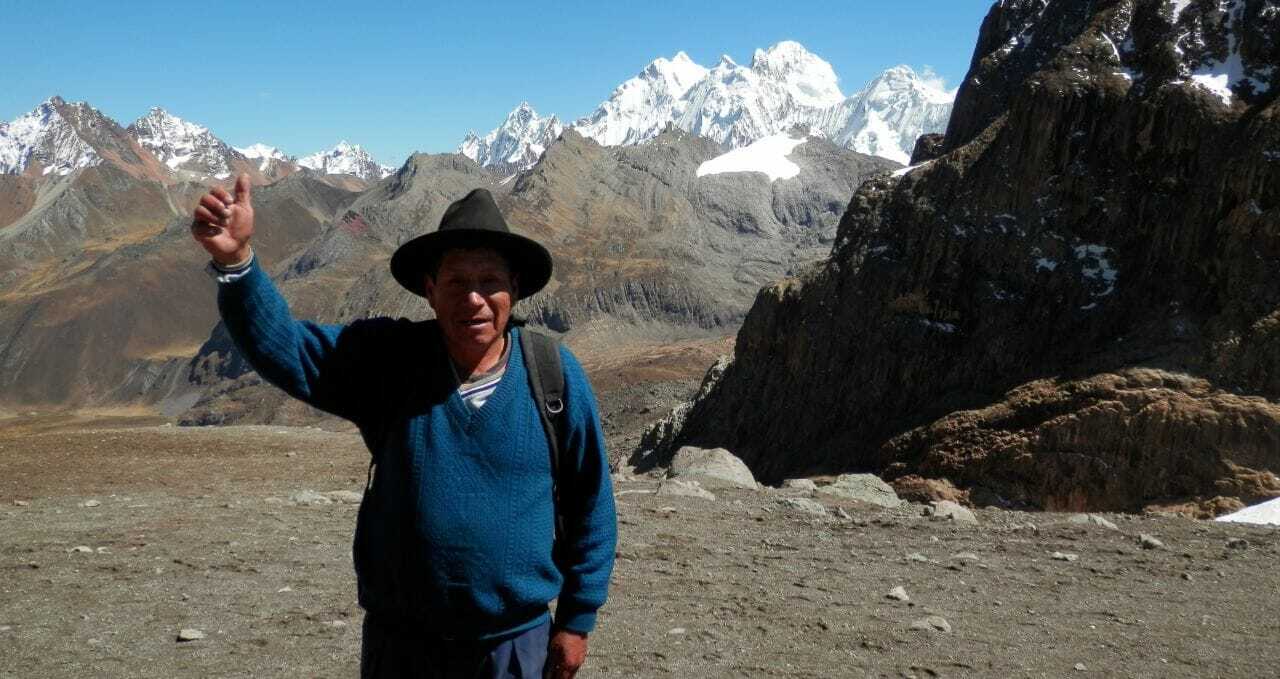
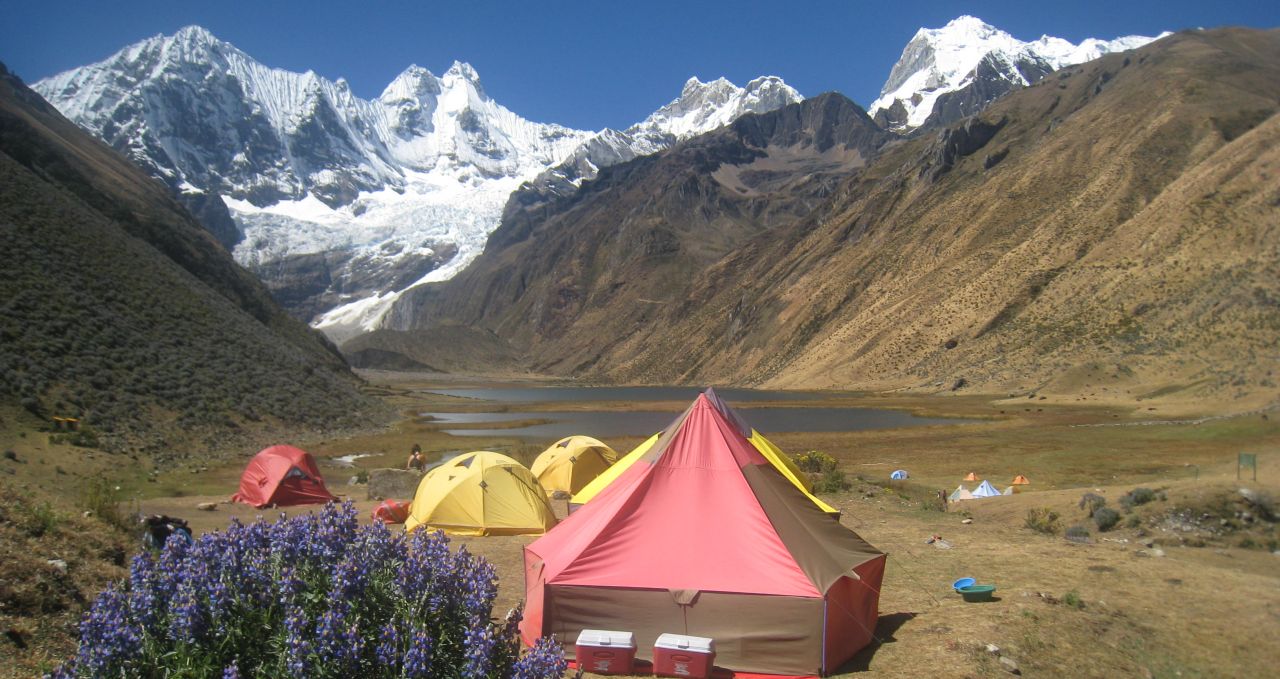
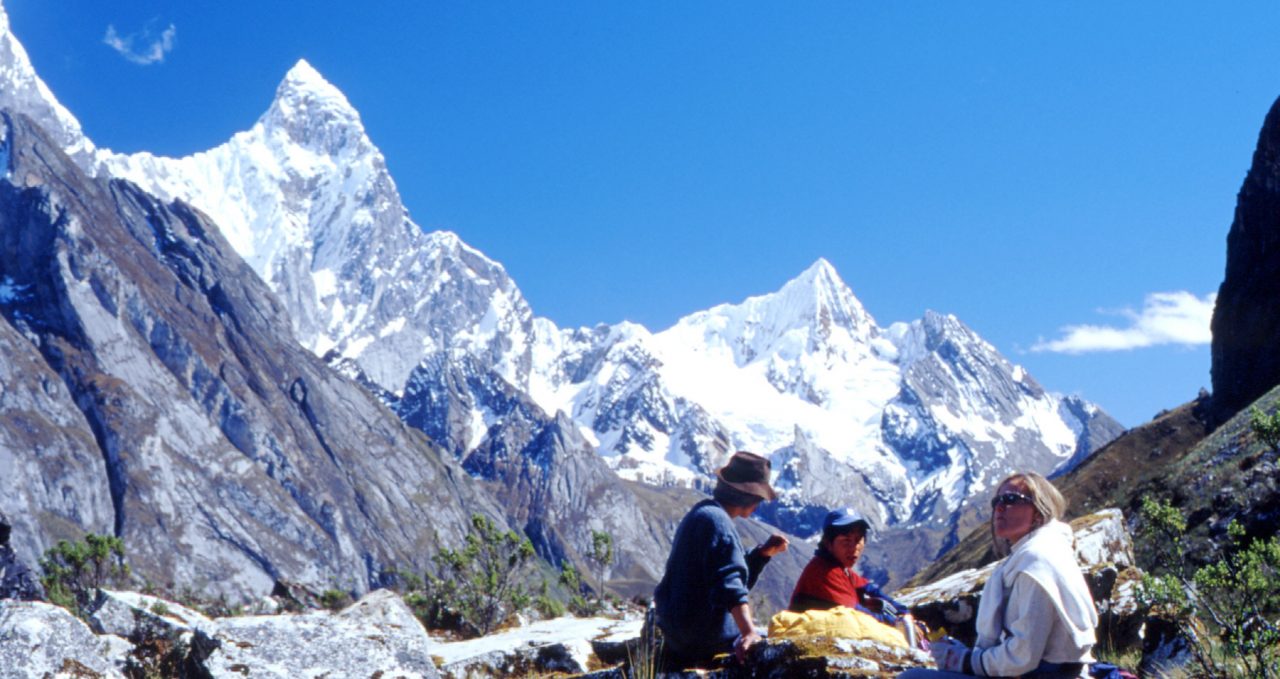
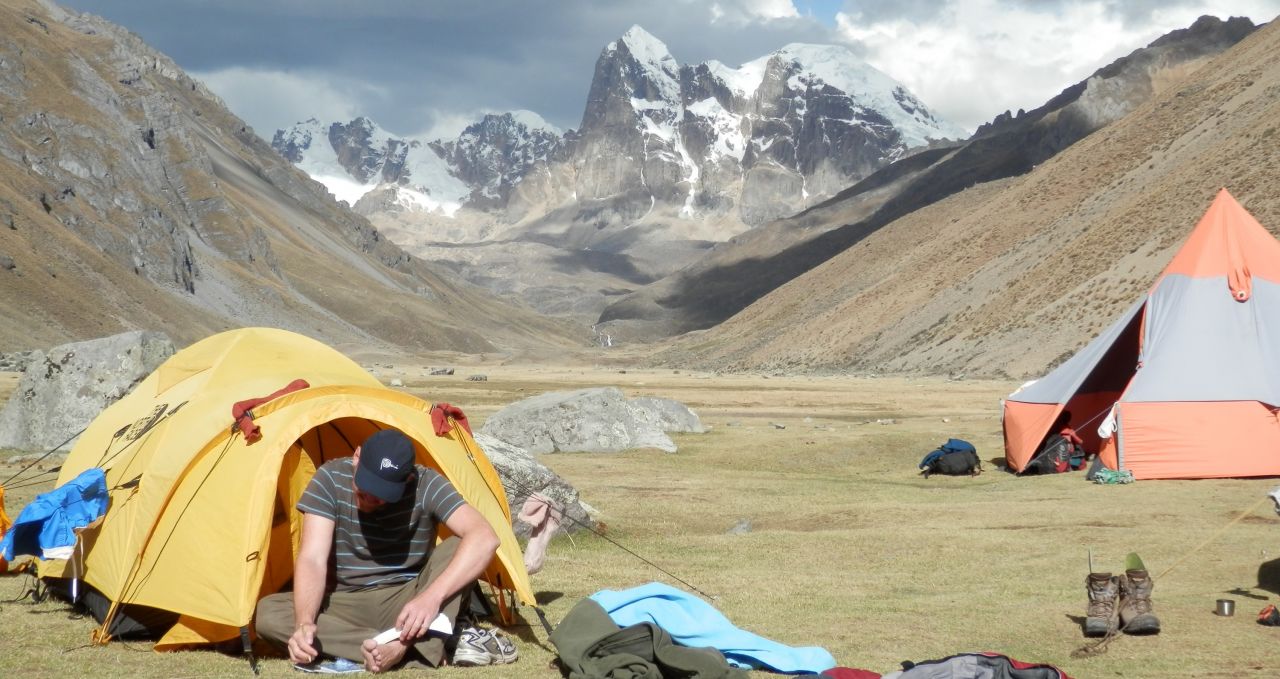
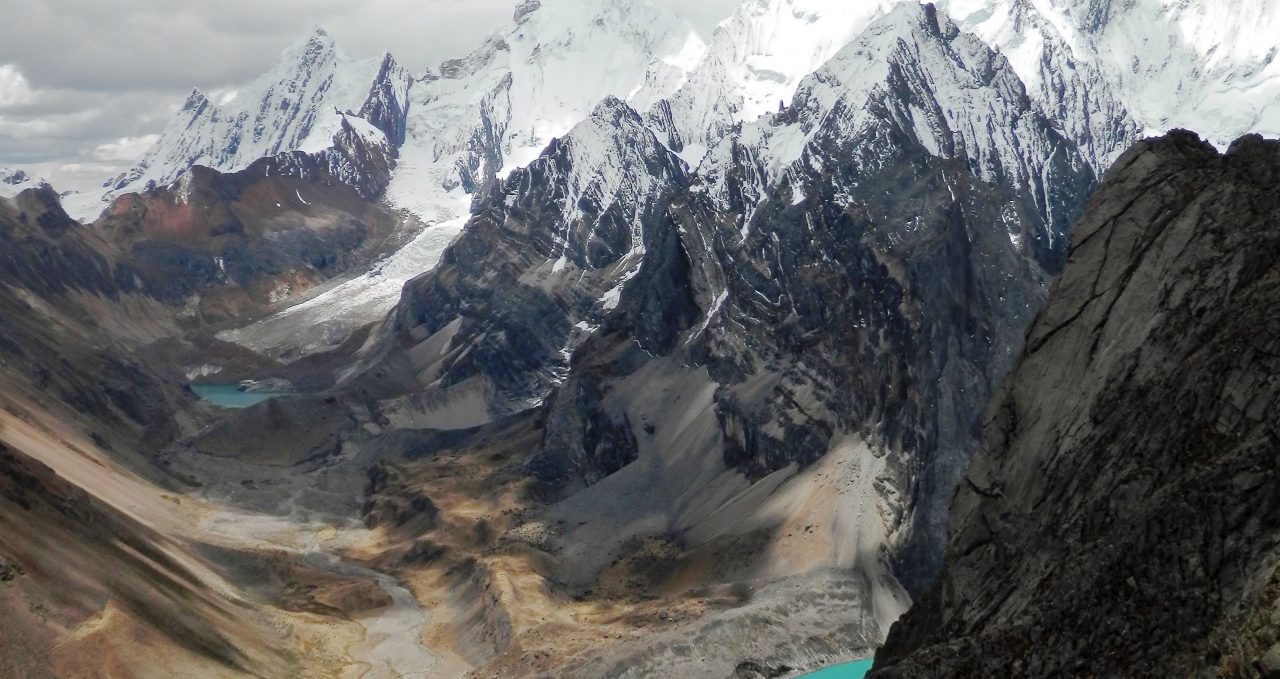
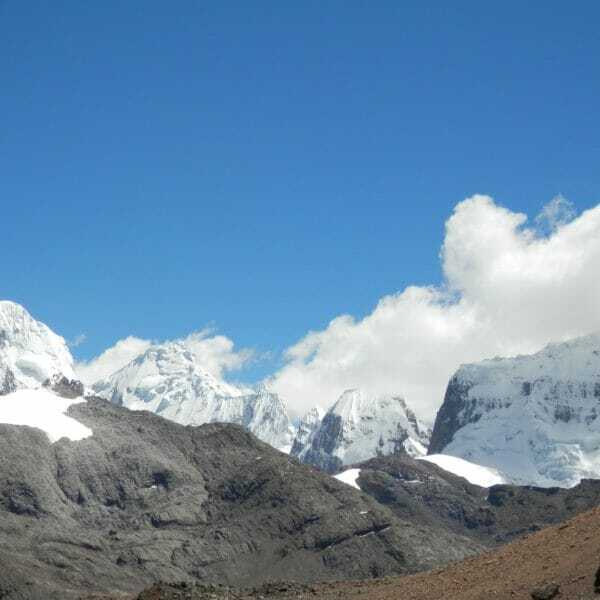
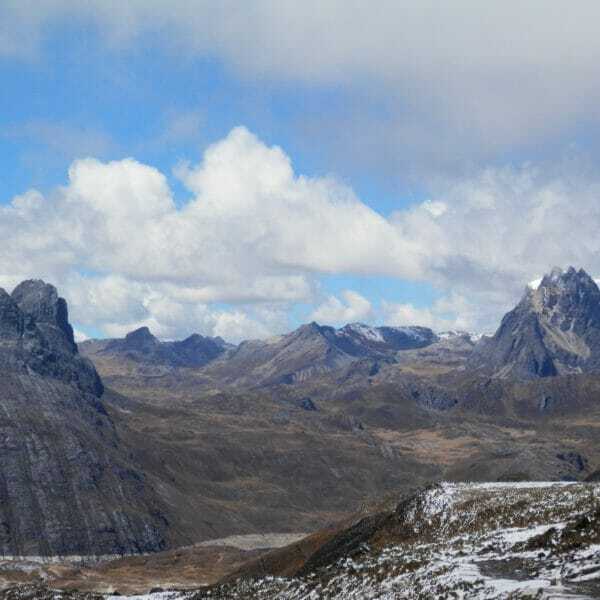
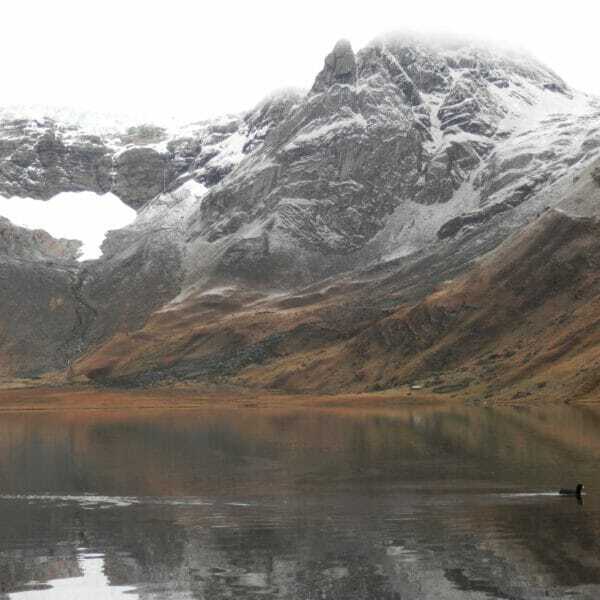
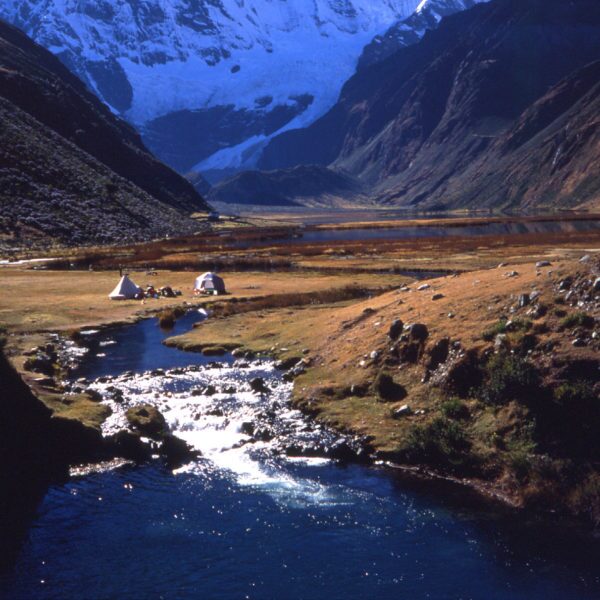
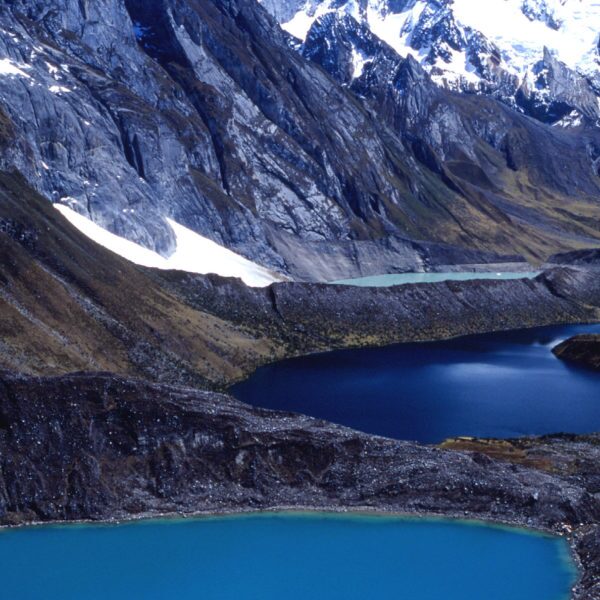
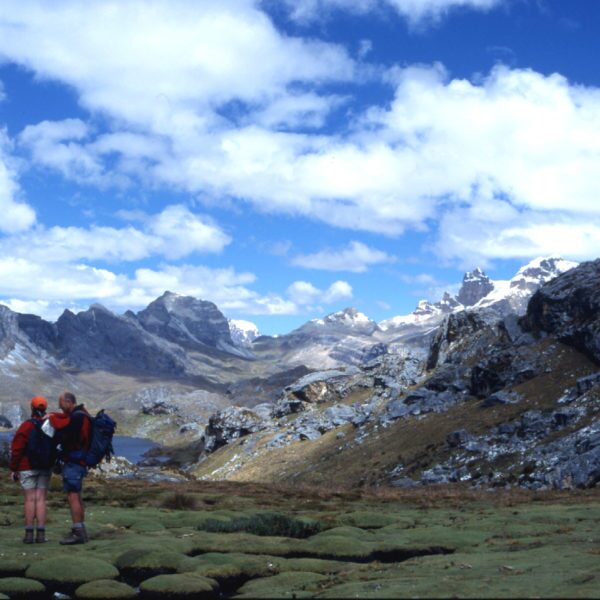
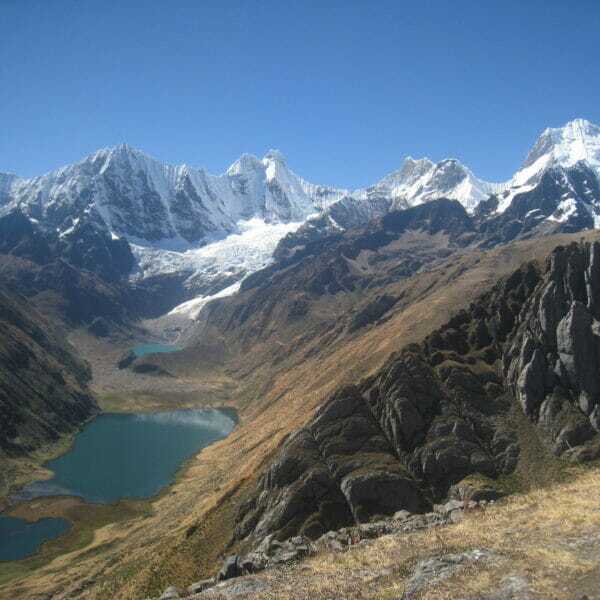
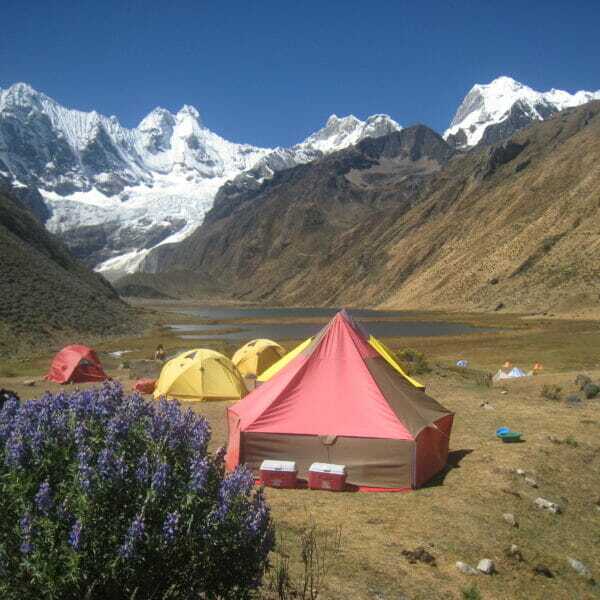
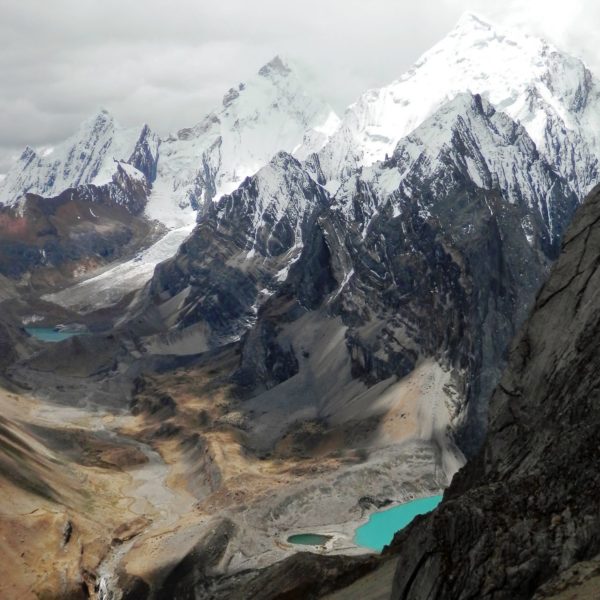
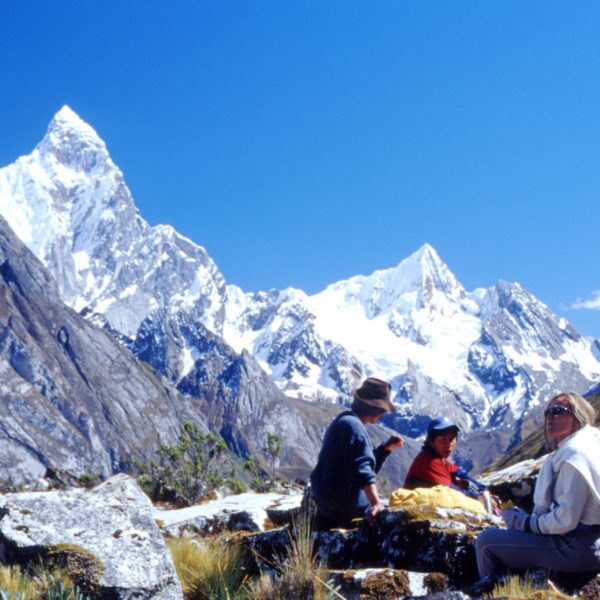
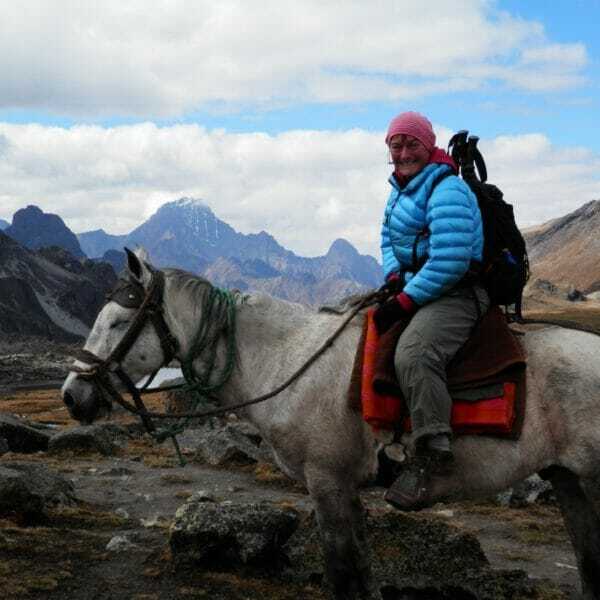
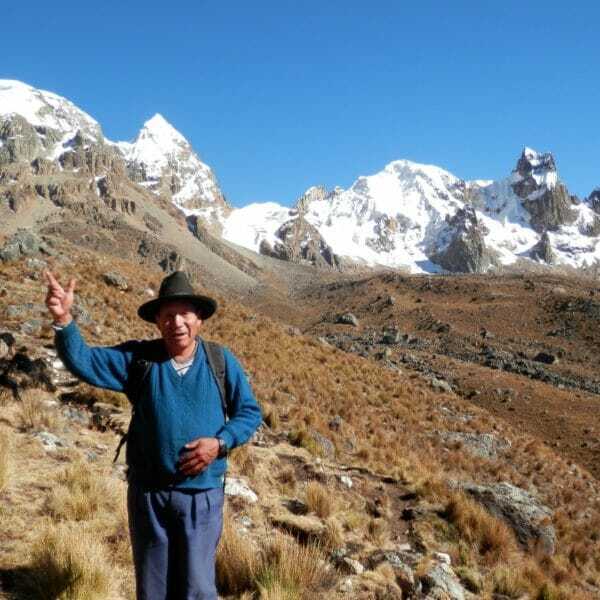
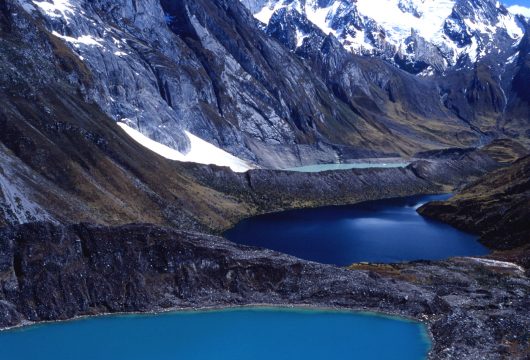
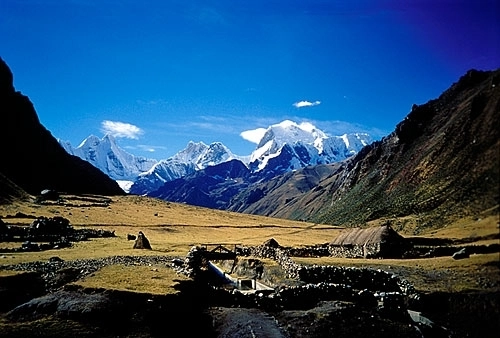
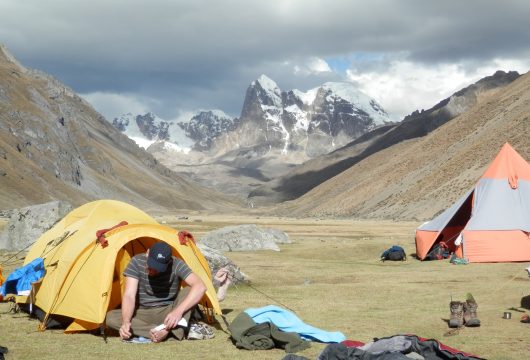
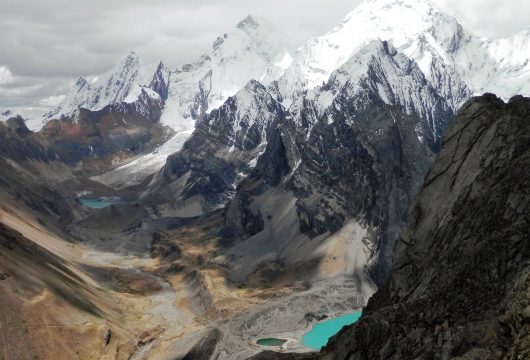
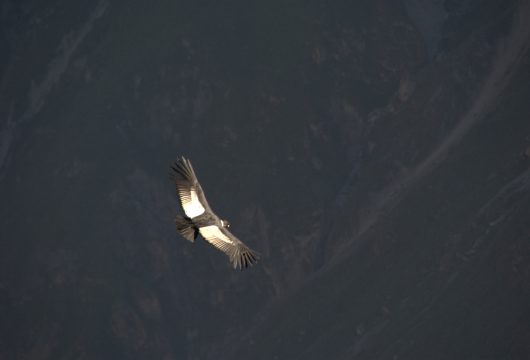
 a Group Tour
a Group Tour  a Tailor Made Tour
a Tailor Made Tour 